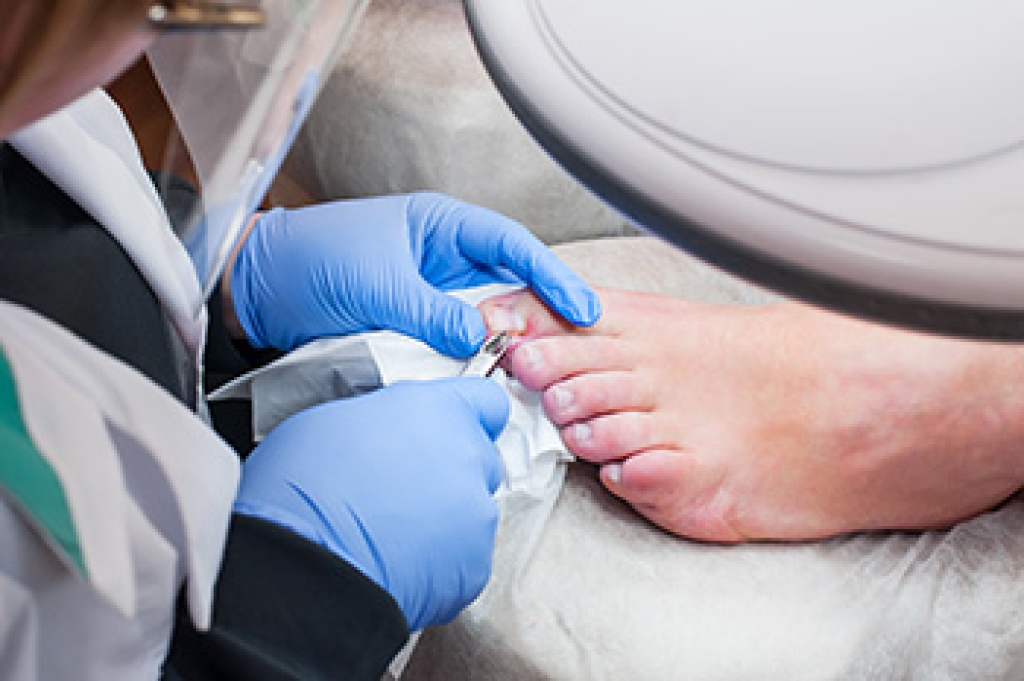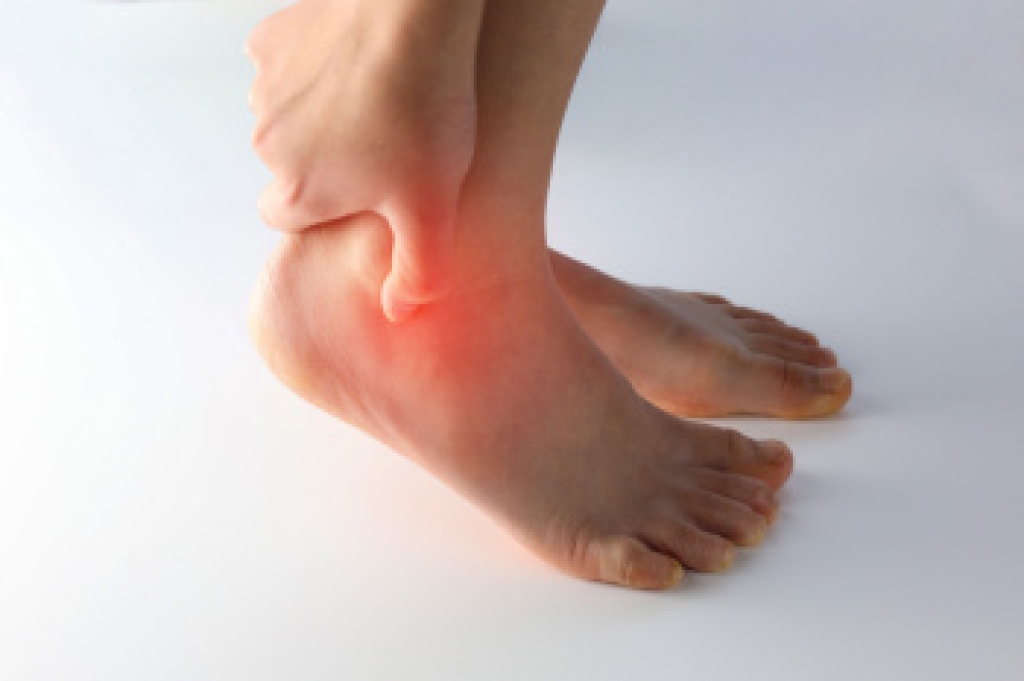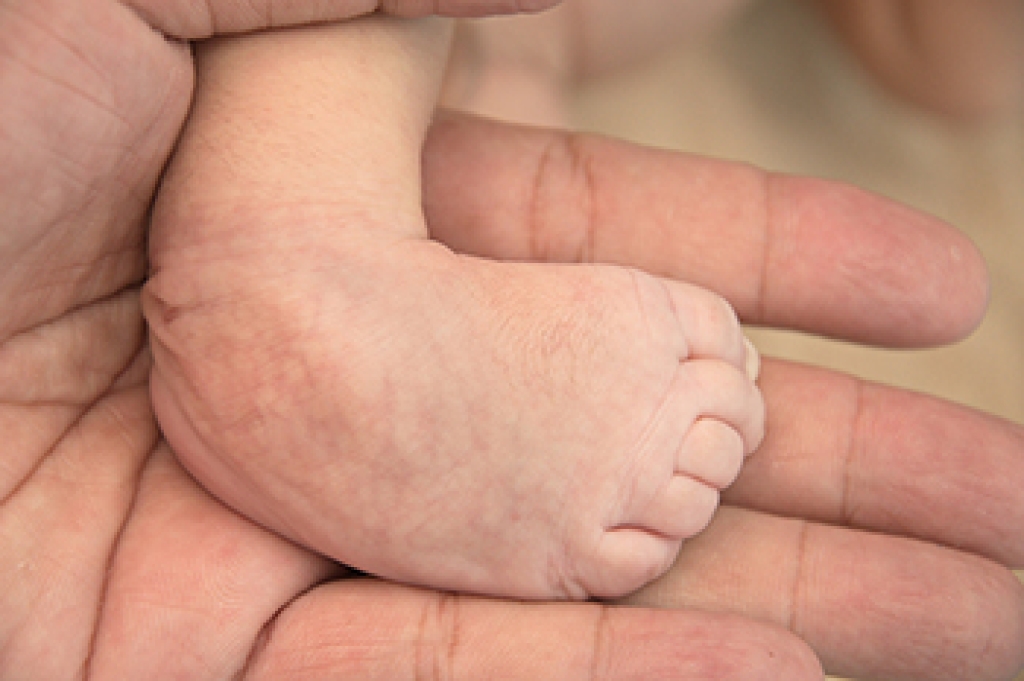
An ingrown toenail develops when the edge of the toenail presses into the surrounding skin, often causing pain, swelling, and sometimes infection. This condition commonly affects the big toe and is frequently linked to cutting the toenail too short or trimming down the sides. Shoes that press the toes out of alignment may also contribute to an ingrown toenail. When conservative care is not enough, a podiatrist may recommend surgery to relieve the discomfort and stop infection. Surgery for an ingrown toenail can involve removing part of the nail, the entire nail, or a section of nail tissue beneath the skin to help prevent the problem from returning. These procedures are typically done under local anesthesia and usually take around 10 minutes. Although there is a risk of infection, recurrence, or scarring, ingrown toenail surgery can be a reliable way to reduce pain and infection. If you have ingrown toenail complications, it is suggested that you schedule an appointment with a podiatrist for an exam and treatment options, possibly including surgery.
Foot surgery is sometimes necessary to treat a foot ailment. To learn more, contact Sam Sanandaji, DPM of Foot and Ankle Care Center. Our doctor will assist you with all of your foot and ankle needs.
When Is Surgery Necessary?
Foot and ankle surgery is generally reserved for cases in which less invasive, conservative procedures have failed to alleviate the problem. Some of the cases in which surgery may be necessary include:
- Removing foot deformities like bunions and bone spurs
- Severe arthritis that has caused bone issues
- Cosmetic reconstruction
What Types of Surgery Are There?
The type of surgery you receive will depend on the nature of the problem you have. Some of the possible surgeries include:
- Bunionectomy for painful bunions
- Surgical fusion for realignment of bones
- Neuropathy decompression surgery to treat nerve damage
Benefits of Surgery
Although surgery is usually a last resort, it can provide more complete pain relief compared to non-surgical methods and may allow you to finally resume full activity.
Surgical techniques have also become increasingly sophisticated. Techniques like endoscopic surgery allow for smaller incisions and faster recovery times.
If you have any questions, please feel free to contact our office located in Beverly Hills, CA . We offer the newest diagnostic and treatment technologies for all your foot care needs.




